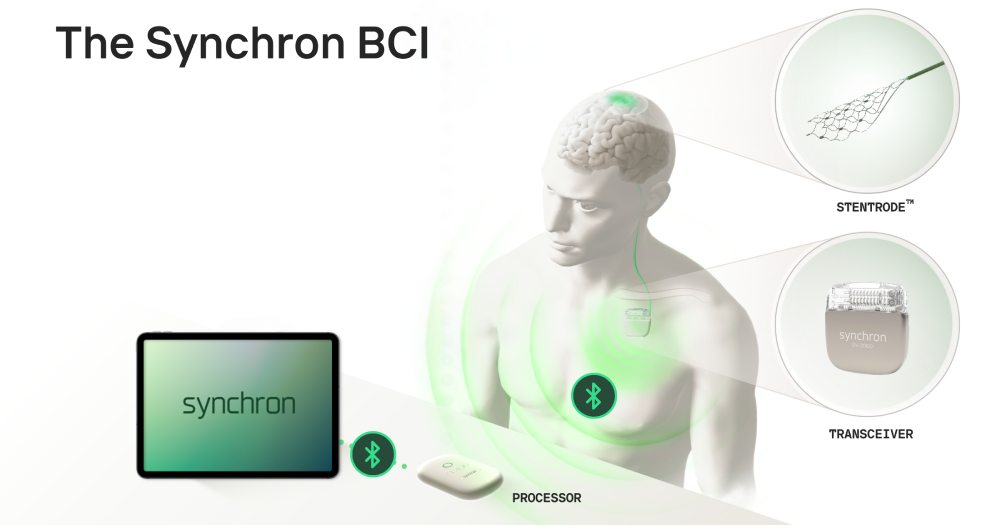You will be able to control future Apple devices with your thoughts

Imagine using your iPhone or iPad not with your hands or your voice — but with your thoughts. That future just got real. Synchron, the trailblazing brain-computer interface (BCI) company, is officially the first to natively link its neural implant with Apple devices. Thanks to Apple's brand-new BCI Human Interface Device (HID) protocol, announced on May 13, users implanted with Synchron's BCI will soon be able to control Apple products like the iPhone, iPad, and Apple Vision Pro using only their brain signals. No hands. No voice. Just pure thought.
Dr. Tom Oxley, CEO of Synchron, calls it "a defining moment for human-device interaction." And he's not wrong. This isn't just another accessibility feature. It's the dawn of a new kind of interface — where the brain is finally recognized as a native input.
How does it work?
At the heart of this breakthrough is Synchron's Stentrode, a tiny device implanted via blood vessels — so no need to open the skull. Once in place, it listens to your brain signals and sends them out as digital commands.
- The brain sends a signal.
- The Stentrode captures it.
- The signal is translated into action on the screen.
With Apple's BCI HID profile, Synchron's system taps into built-in accessibility features like Switch Control. This makes everyday navigation — scrolling, typing, selecting — possible without a finger lifted or a word spoken.
Even more exciting? It's not just one-way traffic. Apple's system supports bidirectional communication. The interface can now provide context back to the BCI — like what's on screen — making the decoding more precise and the experience smoother for the user.
Why does it matter?
This is a game-changer for folks with severe motor impairments — ALS, stroke, spinal cord injury. For them, simple actions like sending a text or opening an app can feel miles away. Now, they're one thought away.
As Blair Casey from Team Gleason puts it: "This isn't just about building tools, it's about redefining what's possible for people with disabilities." That kind of empowerment can't be overstated.
And it goes beyond accessibility. As Oxley points out, this tech "is a next-generation interface layer." BCI is stepping out of the lab and into the mainstream — alongside touch, voice, and typing.
The context
This didn't come out of nowhere. Synchron's been working toward this moment for years. Back in 2019, they were the first to begin clinical trials of a permanently implantable BCI system that doesn't require invasive brain surgery. Their minimally invasive approach, going through the blood vessels, gives it a leg up in terms of scalability and safety.
Their vision? A seamless ecosystem where any BCI can talk to any device. Apple's move to recognize BCI HID natively is the first domino in that chain. Controlled rollouts of this integration will begin with trial participants later this year.
As Kurt Haggstrom, Synchron's Chief Commercial Officer, puts it: "When we ask our clinical trial participants what they want to do, it's always about communication and creativity... and to most people, that means using their Apple devices."
Now they finally can. All they have to do is think.
💡Did you know?
You can take your DHArab experience to the next level with our Premium Membership.👉 Click here to learn more
🛠️Featured tool
 Easy-Peasy
Easy-Peasy
An all-in-one AI tool offering the ability to build no-code AI Bots, create articles & social media posts, convert text into natural speech in 40+ languages, create and edit images, generate videos, and more.
👉 Click here to learn more


